Edouard Malingue Gallery is pleased to present a selection of works by Yuan Yuan (b. China, 1973), Samson Young (b. Hong Kong, 1979), Yu Ji (b. China, 1985), Liu Xiaohui (b. China, 1975), Tao Hui (b. China, 1987), Wong Ping (b. Hong Kong, 1984), Su-Mei Tse (b. Luxembourg, 1973), Chou Yu-Cheng (b. Taiwan, 1976), Kwan Sheung Chi (Hong Kong, b. 1980), Phillip Lai (b. Malaysia, 1969) and Eric Baudart (b. France, 1972). Reflecting the gallery’s programme, the works on display combine, across mediums, aesthetic appeal with conceptual enquiry and create international dialogue from East to West.
Yuan Yuan is an established Chinese painter who approaches the canvas as an exploration of humanity and the passing of time focusing mainly on interiors. Yuan Yuan’s compositions are highly structured and orderly, yet with an element of mystique managed by the geometric details of the architecture depicted. On display is “Darkness that goes away” (2018) that depicts a set of dilapidated windows opening a portal. Equally, working in the realm of painting, is “Untitled – Movement and Landscape” (2017) by Liu Xiaohui who employs a painterly language embedded in the tireless repetition of colour analysis and immediate experience, deliberately refining and non-referring subject matters and ordinary scenes. In tandem, there is “Flesh In Stone Ghost” (2018) by Yu Ji, a revisitation of sculpture, an extension of its three dimensionality and attunement to body, context and narrative. Yu Ji’s practice spans installation, video and performance and exists as a series of interventions, both into space and creating it, taking medium and materiality as a starting point. Creating her own language, Yu Ji enlivens her visual sentences with a rich vocabulary, rooted in form, objects, humanity and the everyday.
Extending in the realm of sculpture, “Support Structure No. 3” (2019) and “City Garden (aquarium and cram school)” (2019) by Samson Young reflect multicultural paradigms. With a formal cross-cultural training in music composition, Young channels his attunement to melody by pushing it’s formalist boundaries to create innovative cross-media experiences that touch upon the recurring topics of identity, war and literature. Equally presenting a sculptural work, “Bestiality Rider A” (2019) by Wong Ping reflects his practice rooted in flashing, pop-like imagery; visual and auditory narrations that explicitly touch upon sex, politics and social relations – in particular, vibrant installations that extend into three dimensions the artist’s fantastical animation world. Also working in sculpture but approaching the medium from an alternate perspective is Phillip Lai, exhibiting “Untitled” (2018). Lai approaches objects in a manner that appeals to, and reflects on, their intrinsic existence and properties. Through careful, delicate compositions that place the object in plain sight, Lai creates moments that lull you into a line of thinking only to then flip that original thought and allow room for another.
Moving into the realm of new media one encounters “B-Movie (OK)” (2018) by Samson Young as well as “Joint Images” (2016) by Tao Hui that reflects how he traversed into the art of video and installation, drawing from personal memories, visual experiences and popular culture to weave an experimental visual narration, the focus of which is often our collective experience. Running throughout Tao Hui’s work is a sense of misplacement vis-à-vis social identity, gender status, ethnicity and cultural crisis, prompting the audience to face their own cultural histories and living conditions. Also concerned with the nuances of the quotidian, “My Nephew” (2019) reflects how Kwan Sheung Chi tenaciously pursues across multiple mediums a conceptual practice rooted in criticism of political status quo,
assignations of value and modes of existence. Employing simple props to articulate his reflections with pointed focus, Kwan unravels Hong Kong’s relationship with money, its political framework and the livelihood of those who inhabit it. Observant of surroundings and their delicacy, Su-Mei Tse presents “Reflection no. 1” (2017), which conveys her lyrical humour that pervades her practice, which spans video, installation and sculpture. Investigating associations between places, geographies, cultures, traditions, Tse’s work elicits a cross-stimulation of the senses, where time and its flow are suspended in a gentle state of contemplation.
Finally, modified, shifted or transferred elements amounting to new relationships between status and object: herein lies the pulse of Chou Yu-Cheng’s practice that builds, across multiple mediums, a subtle critique of mass media, institutions and the mechanisms that produce them. Presenting a selection of delicate painting works, Chou shapes a minimal yet deliberate set of intellectual and aesthetic tricks, which ultimately play on the properties of art, object and space. Alongside is “Concave” (2017) by Eric Baudart that evinces how everyday, commonplace utensils are flushed of everyday contextualisation and repurposed to create oeuvres that titter on the edge of artifice. Living and working in Paris, Baudart pursues a practice that evolves from Duchamp’s readymade, whilst simultaneously devolving from it; the works or situations proposed are not mere found objects but rather reconfigured and repurposed, composed and re-choreographed materials that have been carefully assembled or moulded to mount a delicate ballet of shapes, colour and form.
Edouard Malingue Gallery | Online Viewing Room Eric Baudart, Chou Yu-Cheng, Kwan Sheung Chi, Phillip Lai, Tao Hui, Su-Mei Tse, Wong Ping, Samson Young, Yuan Yuan
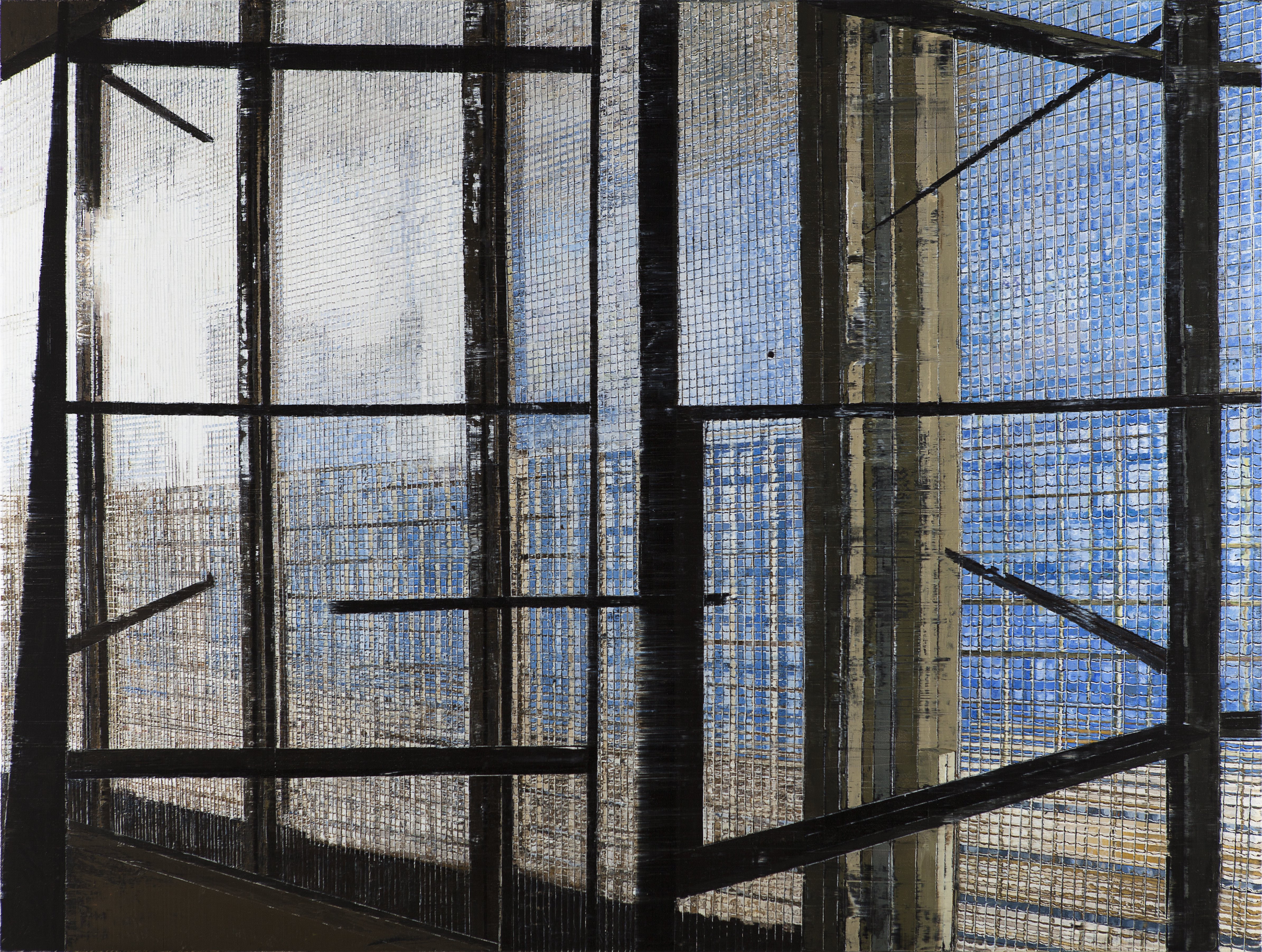
Oil on linen
200 x 265 cm

Poster, spray paint
224 x 157 x 37 cm

Acrylic on canvas, framed
216 x 180 x 3.5 cm
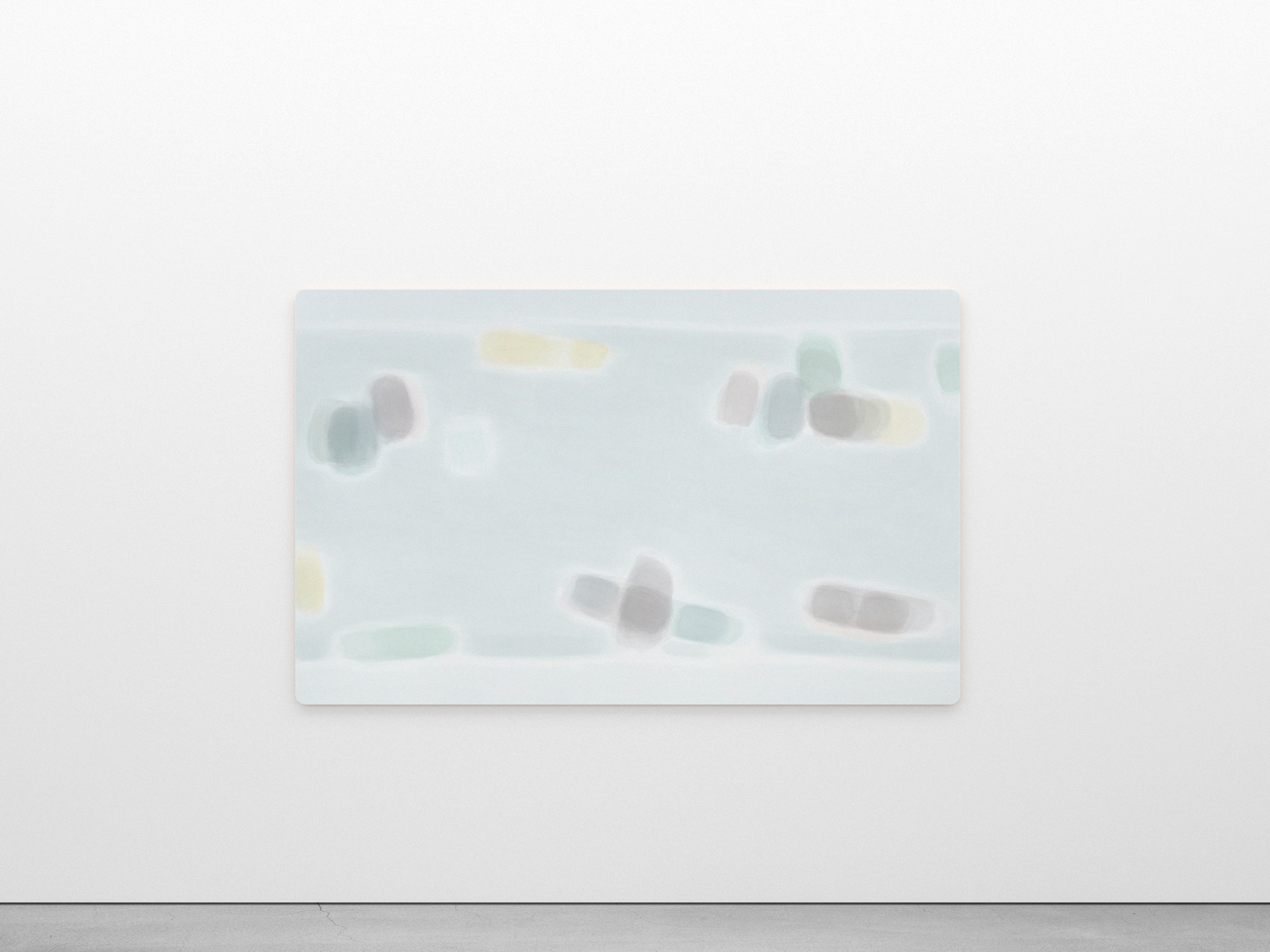
Acrylic on canvas, canvas mounted on wooden board
150 x 240 x 3 cm
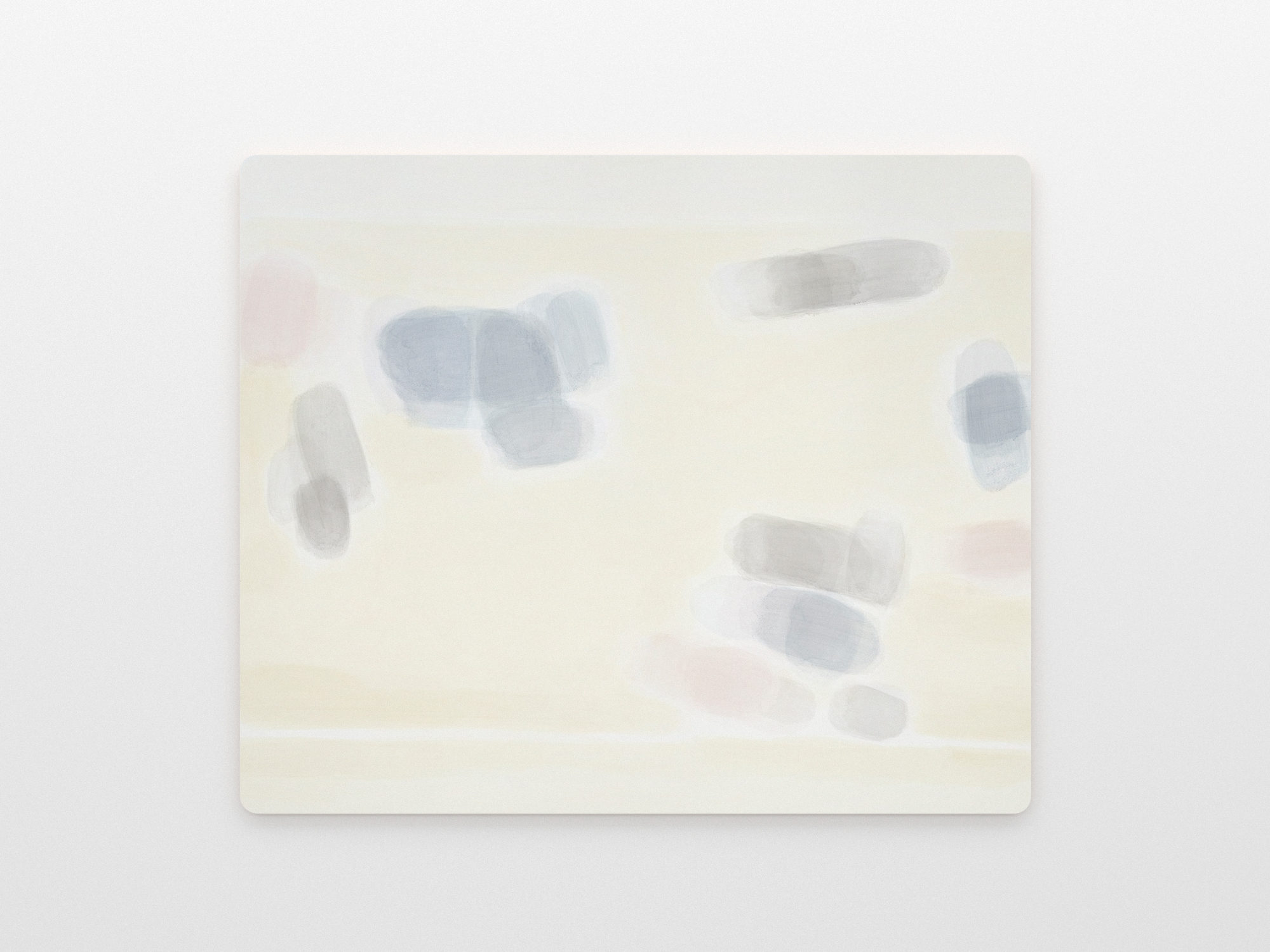
Acrylic on canvas, canvas mounted on wooden board
150 x 180 x 3 cm
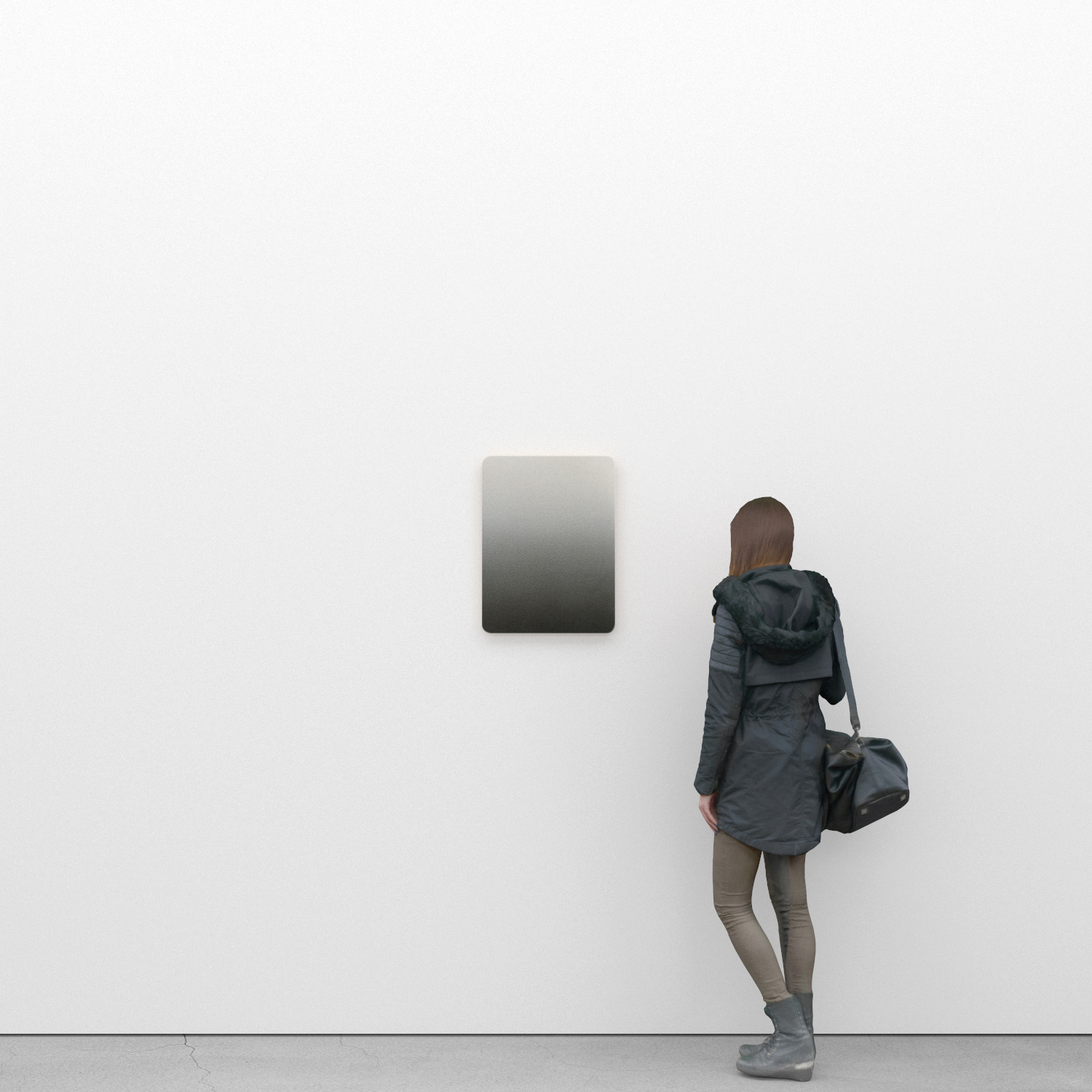
Watercolor on paper, paper mounted on wooden board
56 x 42 x 3 cm

Cast polyurethane, rice
40 x 40 x 22 cm

C-print
One set contains 4 photos
Two larger ones 40.7 x 61 cm;
Two smaller ones: 40.7 x 27.1 cm
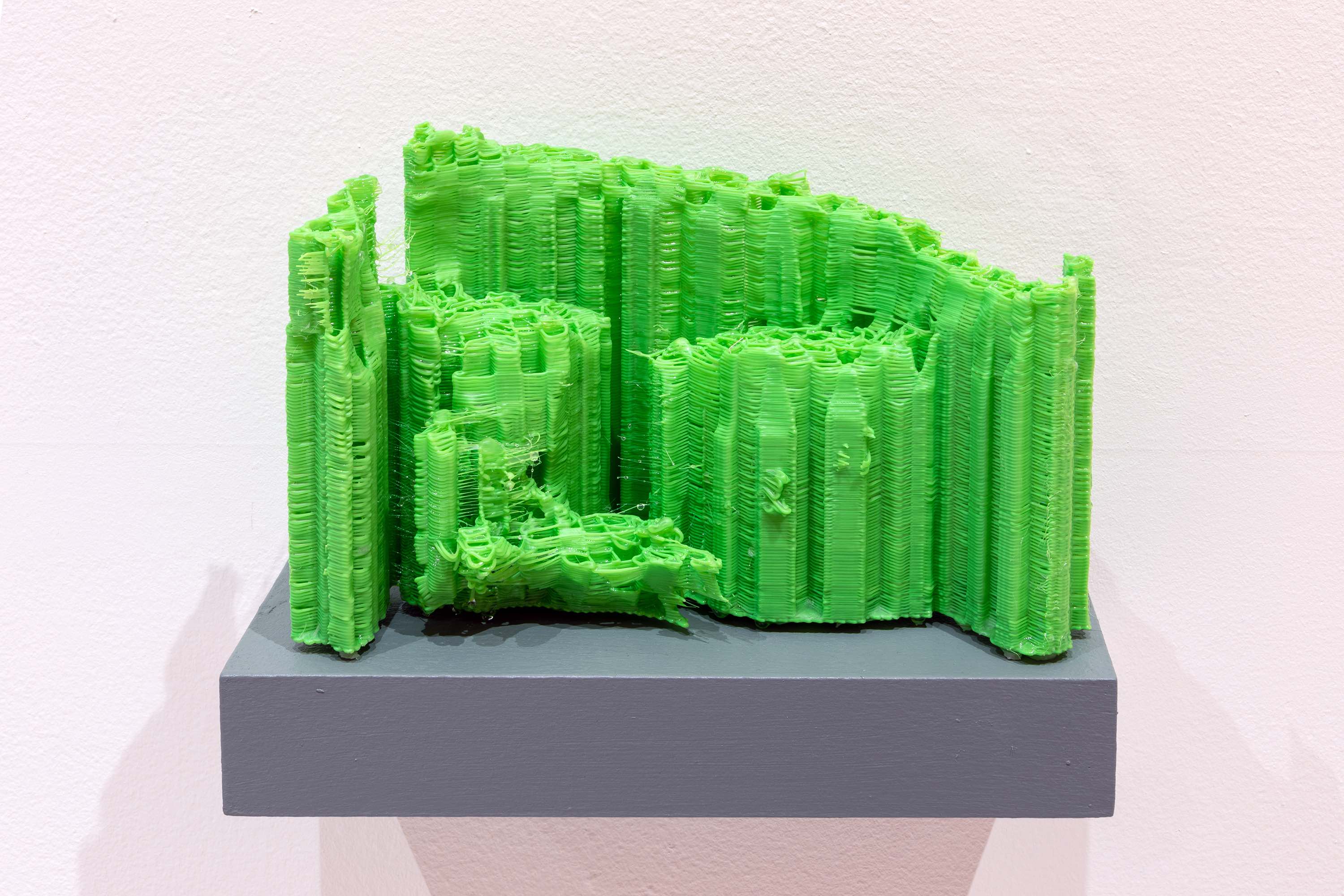
3D print PLA
16.5 x 27.3 x 12 cm

Lightbox
Box Dimension: 114.5 x 172 x 14 cm; Film Dimension: 113.6 x 171.2 x 0.4 cm
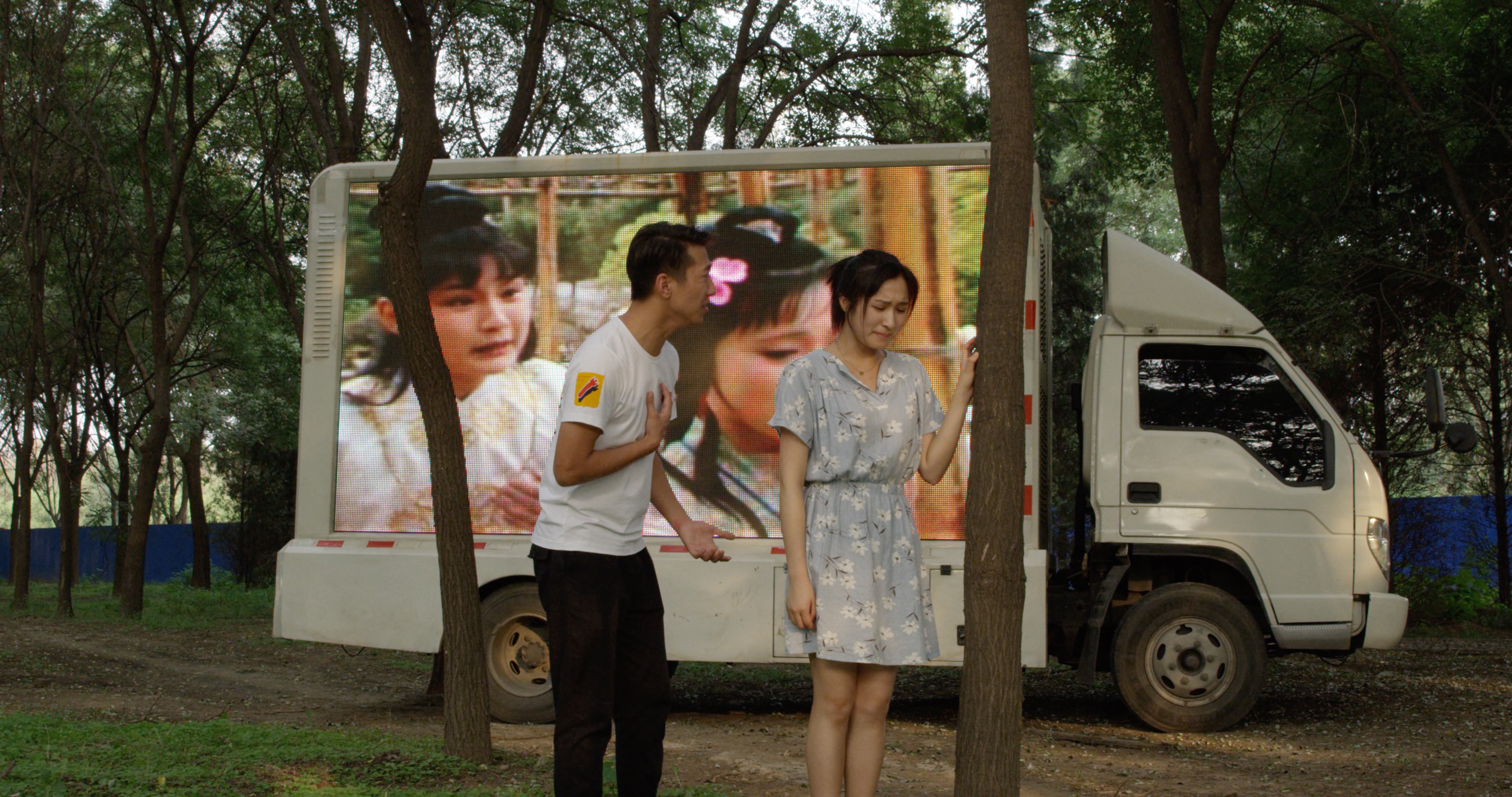
HD video, color, sound
14 min 27 sec
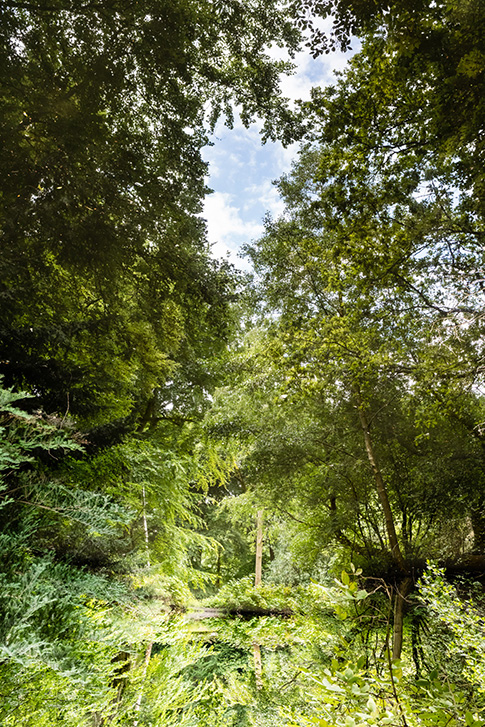
In collaboration with Jean-Lou Majerus
Colour photograph on dibond, face mounted on acrylic
Image: 170 x 114 cm; Framed: 174 x 118 cm

Mixed media
Overall, approx. : 119 x 45 x 116 cm
1 puppet: 116 x 45 x 24 cm; 1 spring: Φ 15.24 x H 95 cm; 1 metal plate: Φ 55 x H 4 cm